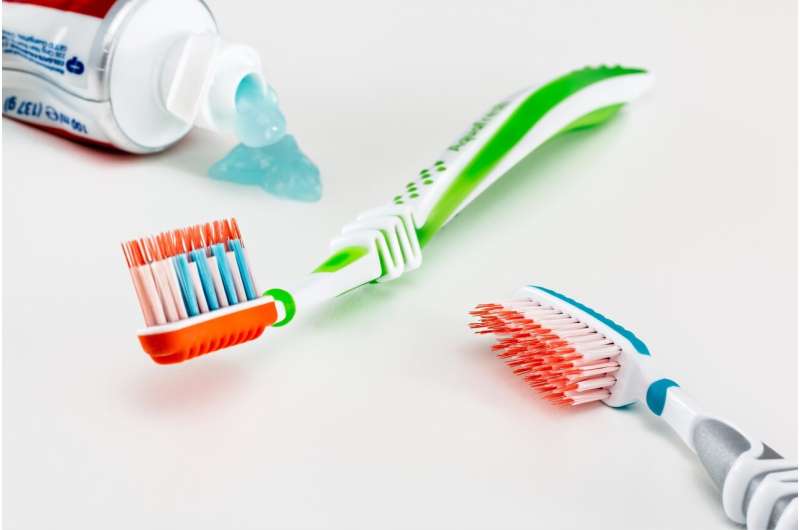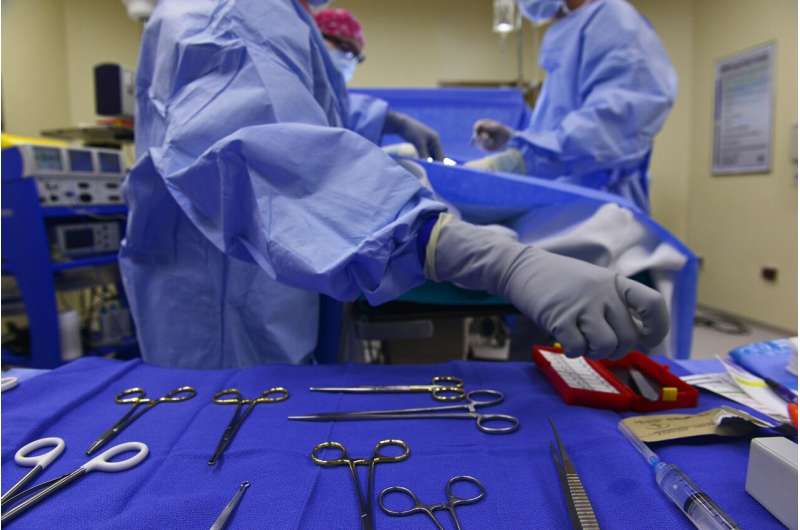Rethinking the Necessity of Six-Monthly Dental Check-Ups and Cleanings

Recent research indicates that routine dental check-ups every six months may not be necessary for everyone. Tailoring visit frequency based on individual risk factors can better support oral health and resource efficiency.
Regular dental visits have long been recommended every six months for maintaining oral health. These visits typically include an examination by a dental professional, professional cleaning, and sometimes X-rays to detect issues not visible to the naked eye. The primary goal is to identify early signs of tooth decay and gum disease, and to remove plaque and tartar buildup that cannot be eliminated through home care alone.
However, recent high-quality research challenges the traditional routine of fixed six-month intervals for everyone. Systematic reviews, especially from the Cochrane Collaboration, have shown that for most adults, visiting the dentist every six months does not significantly reduce the risk of tooth decay or gum inflammation compared to a risk-based approach. This means that the frequency of dental visits should be tailored to individual risk factors, such as existing oral health conditions, lifestyle, and personal habits.
The evidence suggests that a one-size-fits-all approach may not be the most effective strategy. High-risk individuals, such as those with ongoing gum disease or frequent cavities, may require more frequent visits, while others with a stable oral health profile might only need to see their dentist annually or even less often.
It is also worth noting that the benefit of routine professional cleaning every six months may be limited. Studies indicate that regular cleanings do little to prevent gum disease or reduce plaque compared to less frequent cleanings, although many patients report feeling that their teeth are cleaner. Moreover, the actual impact on quality of life and overall oral health may not justify the habit of pre-scheduling visits at fixed intervals.
Maintaining good oral hygiene at home remains crucial. Brushing twice daily with fluoride toothpaste, flossing or using interdental brushes, and reducing intake of sugary foods and drinks are proven ways to prevent dental problems. For people with limited manual dexterity or children, water flossers can serve as an effective alternative to traditional floss.
Ultimately, the best approach is to consult with your dental care provider about a personalized schedule that considers your specific dental health needs and risk profile. Regular check-ups are still important, especially for detecting and managing early signs of deterioration, but the frequency should be based on individual factors rather than a generic timeline.
Source: https://medicalxpress.com/news/2025-09-dental-months.html
Stay Updated with Mia's Feed
Get the latest health & wellness insights delivered straight to your inbox.
Related Articles
Innovative Visualization Technique Sheds Light on Breast Cancer Cell Movement and Opens New Therapeutic Possibilities
A new imaging tool called Illusia allows scientists to observe breast cancer cell migration in real time, revealing promising new targets for preventing cancer spread and metastasis.
Clinical Trial Shows Surgery Outperforms Antibiotics in Treating Chronic Sinus Disease
A groundbreaking clinical trial reveals that sinus surgery provides long-lasting relief for chronic rhinosinusitis more effectively than antibiotics, reshaping treatment approaches for this persistent condition.
Chikungunya in the UK: Essential Facts for Travelers About This Mosquito-Borne Virus
Learn essential information about Chikungunya, a mosquito-borne virus increasing among UK travelers, including symptoms, prevention strategies, and vaccination options to stay safe during your travels.
MRI Technique Enhances Identification of High-Risk Cardiac Sarcoidosis Patients for Implantable Defibrillators
Innovative MRI-based imaging techniques are improving the identification of cardiac sarcoidosis patients at high risk of sudden death, promoting targeted ICD therapy for better outcomes.



